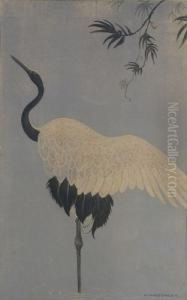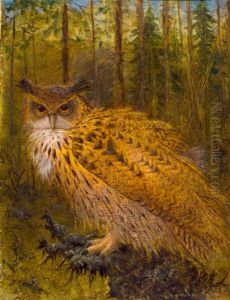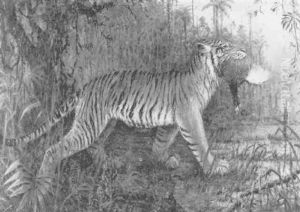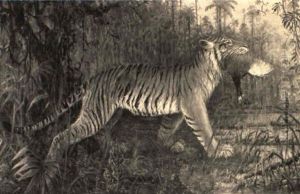Henri Verstijnen Paintings
Henri Verstijnen was a Dutch artist known for his unique style that often intertwined elements of Expressionism and Art Nouveau. Born on December 9, 1882, in Amsterdam, Netherlands, Verstijnen developed an interest in art at a young age. He studied at the Royal Academy of Fine Arts in Antwerp, Belgium. His early work displayed a strong influence of the Art Nouveau movement, which was prevalent in Europe at the time of his studies.
Over time, Verstijnen's style evolved to incorporate more expressionistic qualities, characterized by vivid colors and dynamic forms. He became particularly interested in the natural world, and much of his work features animals and plants, rendered in a way that often emphasizes their spiritual and symbolic qualities. Verstijnen's art was not limited to paintings; he also worked in other media, including drawing and printmaking, which allowed him to explore different textures and techniques.
During his career, Henri Verstijnen was actively involved in the art community and participated in several exhibitions. However, he never achieved the same level of fame as some of his contemporaries. Despite this, his work has been appreciated for its originality and expressive use of color.
Henri Verstijnen passed away on January 11, 1940, in Bandung, Indonesia. Since his death, his work has been periodically exhibited and has gained recognition for its contribution to Dutch art. Verstijnen's paintings can be found in various collections, both in the Netherlands and internationally, and his artistic legacy continues to be studied and appreciated by art historians and enthusiasts.



